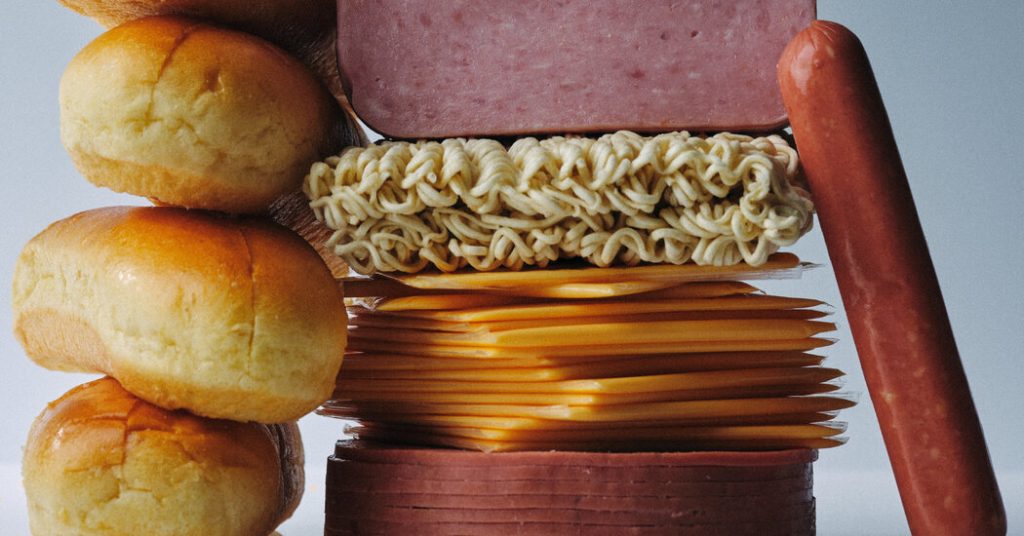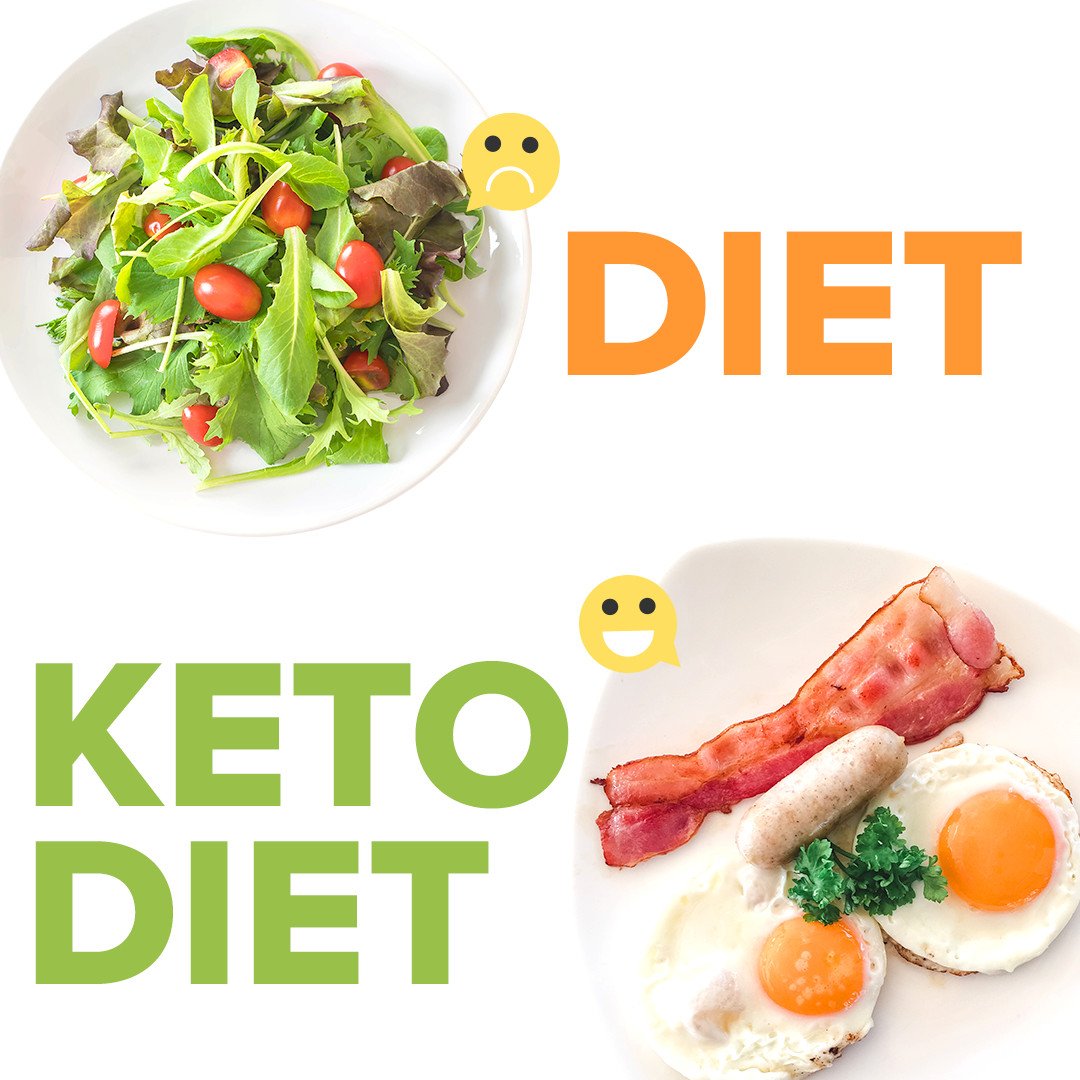Within the mid-Nineteen Nineties, Carlos Monteiro, a dietary epidemiologist in Brazil, seen one thing alarming: Weight problems charges among children in his country have been rising quickly.
To know why, he and his colleagues on the College of São Paulo scrutinized knowledge on the food buying patterns of Brazilian households to see if that they had modified lately. The researchers discovered that folks have been buying much less sugar, salt, cooking oils and staples like rice and beans, and extra processed meals like sodas, sausages, prompt noodles, packaged breads and cookies.
To explain that second class of meals, Dr. Monteiro mentioned, the crew launched a brand new time period into the scientific literature — ultraprocessed meals, or UPFs — and outlined it. They’d later link UPFs to weight acquire in kids and adults in Brazil.
Since then, scientists have discovered associations between UPFs and a range of health conditions, together with coronary heart illness, Kind 2 diabetes, weight problems, gastrointestinal ailments and melancholy, in addition to earlier demise.
That’s regarding, experts say, since ultraprocessed meals have turn into a significant a part of folks’s diets worldwide. They account for 67 percent of the calories consumed by kids and youngsters in the US, for instance.
However many questions stay. What are ultraprocessed meals, precisely? And the way robust is the proof that they’re dangerous? We requested consultants to reply these and different questions.









